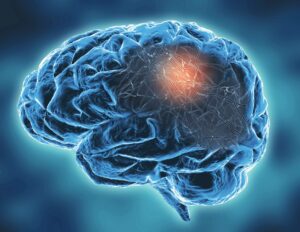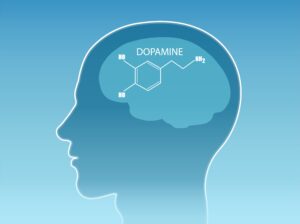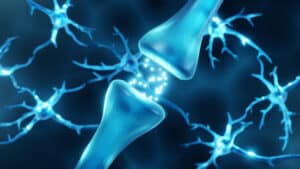Neurological disorders like autism and schizophrenia have one unusual thing in common: In these disorders, the brain’s structure is usually typical, but the electrical activity within the brain is abnormal. To research this abnormal electrical activity, neurological scientists often rely on brain cortical organoids, which are essentially miniature artificial brains. Now, University of California San Diego researchers have designed a brain organoid with a fully functioning neural network — and they’ve released the design protocol in Nature Protocols, allowing researchers worldwide to build on their groundbreaking work.
Understanding the Impact of Brain Organoids
Artificially grown organs, also known as organoids, serve a vital purpose in medical research. In the case of brain organoids, these “mini brains” can help researchers test potentially therapeutic drugs and gene therapies long before treatments are approved for use in human patients. Organoids can help researchers safely screen for everything from treatment efficacy to potentially harmful side effects, making them an irreplaceable tool in the research field.
As with any organoid, more realistic organoids offer the most accurate reflection of a treatment’s efficacy and potential effects. Not only has the University of California San Diego team created highly realistic replicas of the human brain; they rival “the complexity of the fetal brain’s neural network,” says corresponding study author Alysson Muotri, Ph.D., a professor in the UC San Diego School of Medicine’s Departments of Pediatrics and Cellular and Molecular Medicine.
Advancing Brain Organoids
The University of California San Diego brain organoid protocol is not the first to become publicly accessible. Two other protocols for creating brain organoids are also in the public domain, per ScienceDaily. However, neither of the previous protocols allow researchers to evaluate electrical activity within the brain. This new protocol uses the stem cells of patients with various neurodevelopmental conditions to construct the neural networks within the organoid. Additionally, the protocol will allow different brain areas “to co-develop, as naturally observed in human development,” explains Muotri, the corresponding study author.
The research possibilities using this brain organoid protocol are virtually endless. In the future, researchers may use the protocol for disease modeling and deeper explorations of the mysteries of human consciousness.
One such project is already underway. Earlier this year, Muotri worked with NASA scientists to send numerous organoids to space. The organoids were created using stem cells from patients with Alzheimer’s disease and amyotrophic lateral sclerosis (ALS). The organoids were sent into orbit with the knowledge that the microgravity in space “mimics an accelerated version of Earth-based aging,” according to ScienceDaily. Researchers will likely be able to observe the effects of years of disease progression while the organoids are in orbit for just a few months.
_____
Not only has the University of California San Diego team revolutionized brain organoid modeling, but the publication of this groundbreaking protocol means that other researchers can build on it. These advancements in organoid development are an exciting step for the neurological research community worldwide.
Scantox is a leading European preclinical GLP-accredited contract research organization (CRO). Since 1977, Scantox has been a trusted partner for in-vivo preclinical research services in the pharmaceutical and medical device industries. Our services and expertise enable clients to progress their drug or device development based on consistent, high-quality, solid data to the highest technical and scientific standards. Scantox services support a broad spectrum of preclinical drug development elements, from lead optimization within in vitro and in vivo efficacy models, CNS/neurology, formulation development, and regulatory toxicology studies all the way to manufacturing and distribution of products for clinical trial phase 1 and 2. For more information about our company, visit https://scantox.com/about-scantox/.









